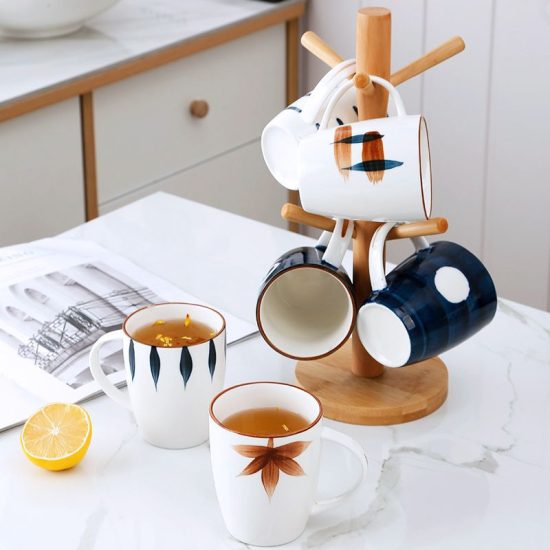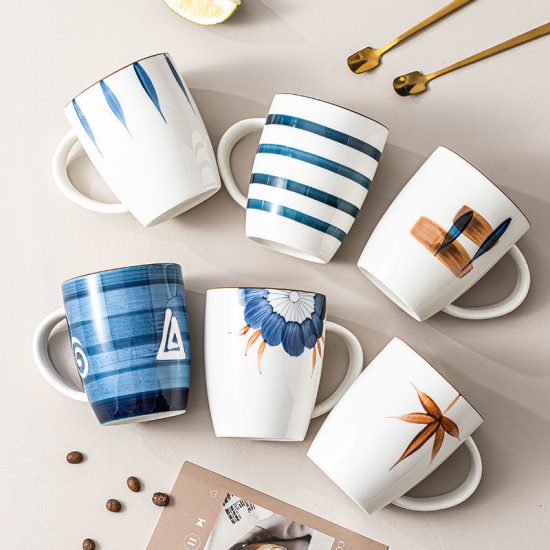Ceramic cups are a common type of tableware that is made from ceramic materials. Understanding the science behind ceramic cups involves knowledge of materials science and the properties of ceramics. Here are some key aspects to consider:
- Ceramic Materials: Ceramics are non-metallic, inorganic materials that are typically made from a combination of clay, minerals, and other additives. The composition can vary, but common ceramic materials include porcelain, earthenware, and stoneware. These materials are chosen for their specific properties, such as heat resistance, durability, and aesthetic qualities.
- Structure and Bonding: The atomic structure of ceramic materials plays a crucial role in their properties. Ceramics often have a crystalline structure, where atoms are arranged in a regular, repeating pattern. The bonding between atoms in ceramics is predominantly ionic or covalent, resulting in strong chemical bonds. This gives ceramics their characteristic hardness and brittleness.
- Thermal Properties: Ceramic cups are known for their excellent thermal properties. Ceramics have low thermal conductivity, meaning they are poor conductors of heat. This property allows ceramic cups to retain heat or cold for longer periods, making them suitable for hot and cold beverages.
- Mechanical Properties: Ceramics are known for their high strength and hardness, which makes them resistant to scratching and wear. However, they are also brittle and can fracture easily under high impact or stress. This brittleness is due to the nature of the atomic bonding in ceramics.
- Chemical Resistance: Ceramic materials are generally chemically inert, which means they do not react with most substances. This property makes ceramic cups suitable for various types of beverages, as they do not leach harmful chemicals or alter the taste of the drink.
- Manufacturing Processes: Ceramic cups are typically manufactured through processes such as shaping, drying, firing, and glazing. The shaping can be done through methods like wheel throwing or slip casting. Once shaped, the cups are dried and then fired at high temperatures in a kiln to achieve their final hardness and durability. Glazing is often applied to provide a smooth, non-porous surface and enhance the aesthetic appeal of the cup.
- Surface Finishes: Ceramic cups can have different surface finishes, ranging from smooth and glossy to matte or textured. These finishes are achieved through variations in the glazing process or additional treatments such as polishing or sandblasting.
Understanding the science behind ceramic cups involves a multidisciplinary approach, combining knowledge from materials science, chemistry, and manufacturing processes. This understanding helps in designing and producing ceramic cups with desirable properties, such as heat resistance, durability, and aesthetic appeal.


